SUMMARY
Coopetition, the joint occurrence of competition and cooperation between two actors on more than one activity is an emerging topic of research. As Bengtsson and Kock (2014) mentioned, there is an exponential increase in published papers that tackle the problems and opportunities surrounding coopetition. Coopetition as a phenomenon has received an increased attention since Raymond Noorda, CEO and founder of Novell, first introduced the concept in the 1980s (Luo, 2007).
Though, not only has the academic realm seen an increase, the business world has moved towards a more cooperative identity in relation to their competitors. Where partnerships used to be looked upon as second best solution (Beamish, 1988), it is now changing rapidly with the increase of joint ventures and other forms of partnerships (Pastor & Sandonis, 2002, p. 245).
Nevertheless, coopetition within the boundaries of the firm has been discussed rarely. A mere five articles (Bengtsson et al., 2013) have attempted to cover coopetition on an intra-organizational level. This results in many remaining gaps for this niche of coopetition literature. It has been argued that internal coopetition is important for knowledge sharing and creation (Tsai, 2002). This implicitly implies there is an organizational learning effect linked to internal coopetition, but this has not been studied explicitly.
Through this study I offer an unprecedented explorative study on internal coopetition in relation to organizational learning. Additionally, I will adapt proven models from the coopetition’s inter-organizational level theories to the relatively under explored intra-organizational level. Therefore, my model will include coopetition intensity (Luo et al., 2006), tensions (Bengtsson et al., 2014), coopetition capabilities (Bengtsson & Raza-Ullah, 2014; Raza-Ullah et al., 2014), and organizational learning.
This empirically explorative study uses data extracted from an established Asian high-technology company. With 61 respondents ranging from regular employees to top management, correlation and regression analyses have been conducted to draw conclusions about the role of internal coopetition for learning within organizations based upon the previously mentioned variables.
The results show that coopetition intensity creates and increases internal tensions significantly. Thus, the inter-organizational tensions theory on coopetition can be used on an intra-organizational level, too. The coopetition intensity has a direct significant positive effect on the increase of organizational learning. Furthermore, the internal tensions, as expected based on previous literature, lower the coopetition intensity’s effect on organizational learning.
It should be mentioned that this effect was not significant, yet I believe this result to be note-worthy for future studies. Interestingly, the coopetition capability with managerial ambidexterity on the forefront failed to show a mediating relationship between internal tensions and organizational learning. This might be due to wrong Likert scales or because managerial ambidexterity is not a big factor for intra-organizational coopetition.
In conclusion, parts of the inter-organizational theory on coopetition can be adapted and used in an intra-organizational framework. Though more importantly, it is proven that in order to increase organizational learning from within the company, the coopetition intensity should be maintained on high levels.
THEORETICAL FRAMEWORK
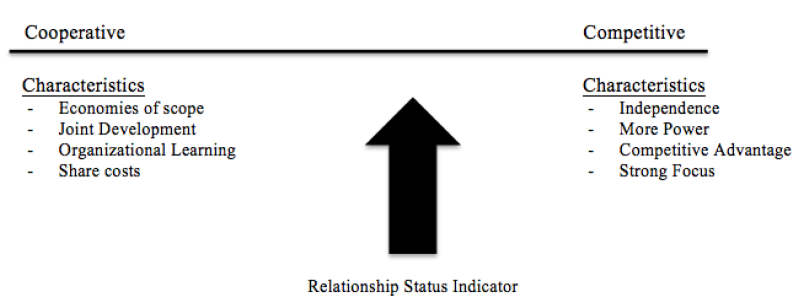
Figure 1: Coopetition Slider. Slider can only move over its x-axis.
Coopetition is defined differently in past literature. To delve into the definition of this phenomenon, a distinction has to be made between coopetition on one or two continua. The idea of coopetition on one continuum follows a theory where the rate of cooperation is affected by the rate of competition and vice versa, illustrated in Figure 1. Tjosvold & Wong (1994) and Tjosvold (1997) follow this idea and describe coopetition to be a correlated trade-off effect between competition and collaboration.
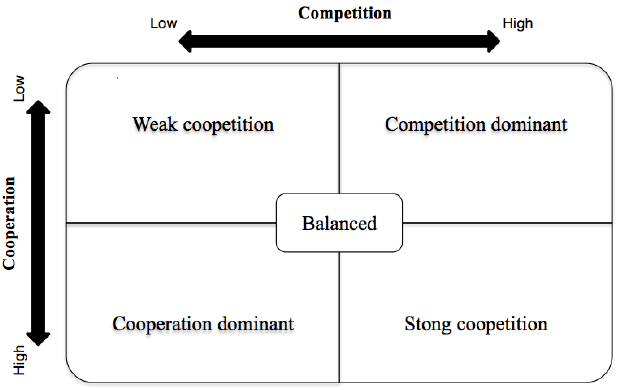
Figure 2: Adapted coopetition matrix (Raza-Ulla et al., 2014).
Figure 2 depict the coopetition reality to a greater extent than figure 1 does. Therefore, in this thesis I will follow the two continua coopetition definition, as illustrated in figure 2. The rates of cooperation and competition depend on the actors’ involvement in the two different interactions that build up the relationship. The matrix shown in Figure 2 illustrates the different coopetition states that can develop depending on the intensity of cooperation and competition.
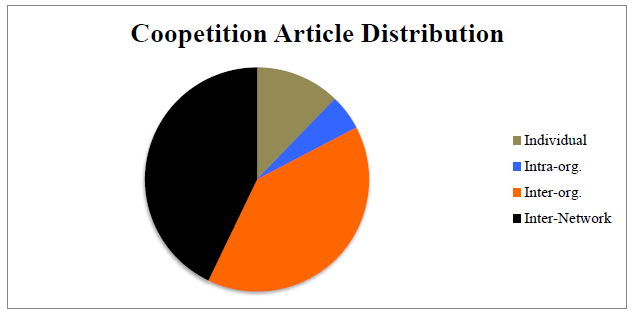
Figure 3: Coopetition Articles Distribution.
As stated in the introduction of this thesis I will focus my attention on the intra-organizational coopetition in which very little research has been done (Rindfleisch & Moorman 2003; Zeng & Chen 2003). A total of 82 percent of all coopetition research is externally based, meaning focusing on inter-organizational or inter-network relationships. Figure 3, the Coopetition Article Distribution, expresses the distribution in a pie chart.
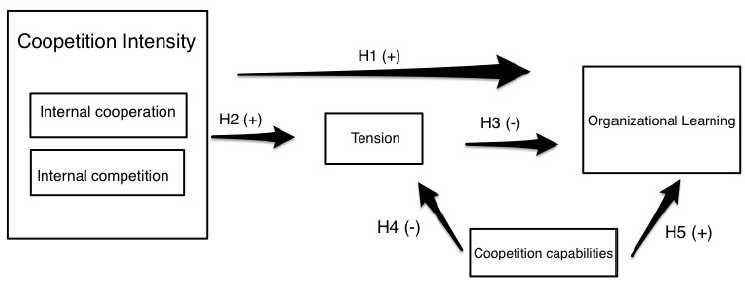
Figure 4: Research model.
The focus is on organizational learning and how coopetition intensity and internal coopetitive tension might affect organizational learning, as well as how coopetition capability might affect the tension and the outcome. The theoretical model is illustrated in figure 4.
METHODOLOGY
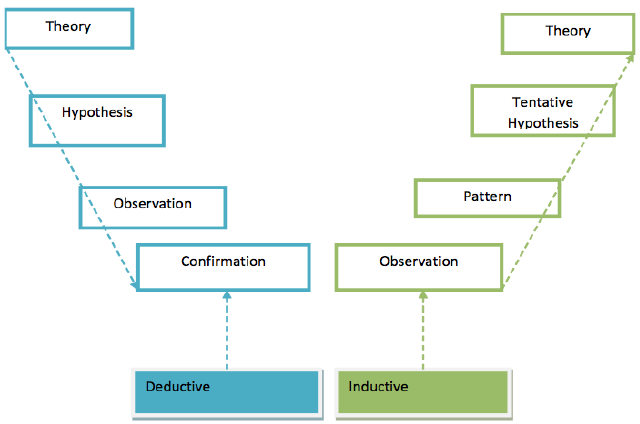
Figure 6: Deductive and inductive reasoning (Trochim, 2006).
There is relatively little literature available for intra-organizational coopetition, which makes this study partly inductive. Inductive research is a great method to conduct exploratory research. In Figure 6, both deductive and inductive reasoning have been illustrated. This figure will help the reader to better understand the process a deductive or an inductive reasoning process.
RESULTS
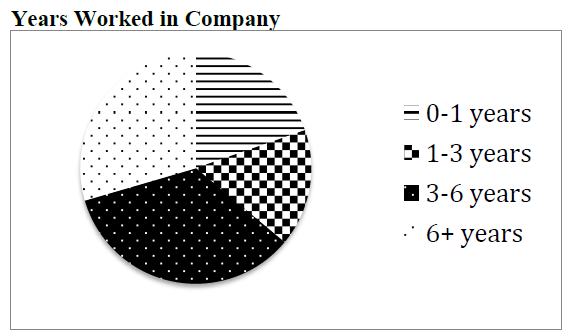
Figure 7: Pie Chart: Years worked in Company.
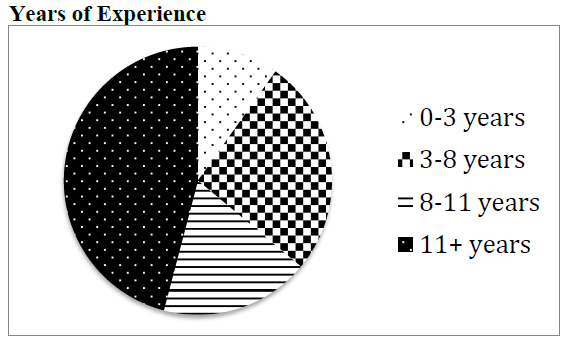
Figure 8: Pie Chart: Years of Experience.
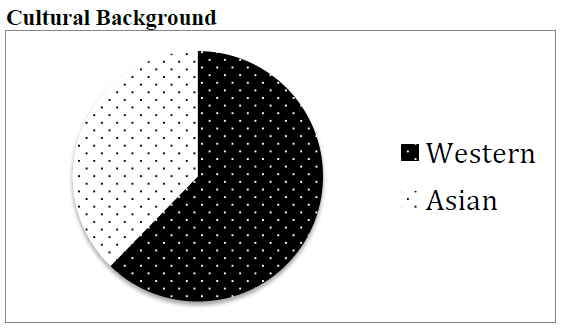
Figure 9: Pie Chart: Cultural Background.
The descriptive results will help the reader to understand the results through the use of, pie charts and tables of the captured data. This is introductory to the data analyses with the correlation matrix and regression analyses. The participants in this research have certain characteristics, which will be described here. The descriptive answers presented here are: years worked in company, years of experience, and cultural background. The descriptive data are chosen because of their indicative nature.
DISCUSSION
The last variable is Organizational learning, which shows to be influenced by Coopetition Intensity. This has been argued in the theoretical framework before. Yet the R-Squared show that Coopetition Intensity does not account for much of the increase of Organizational Learning. I believe that Coopetition Intensity in the future will have increased R-Squared as competitors more often start cooperative efforts compared to the past. As a result more employees become aware of these happenings and the influx in organizational knowledge will be apparent.
CONCLUSION
The conclusion part of this thesis will finalize the results as described in the Results section and give a definite answer on the research question. The hypotheses and the purpose of the research will be highlighted and additionally the practicality for managers for real world implementation will be discussed. This research complements the young field of intra-organizational coopetition through a paradox lens (Raza-Ullah et al., 2014, p. 198). The results will help to gain an understanding of the adoptability of inter-organizational theories and model in the intra-organizational coopetition field.
The main question as stated in the Introduction of this research comprises of three questions formed as one, as stated here:
- How does internal coopetition intensity and resulting internal coopetition tension
- affect organizational learning and
- does internal coopetition capability mediates the internal tension affecting organizational learning within a firm in relation to coopetition intensity?
By answering this question I aim to contribute value to the intra-organizational coopetition field. It has been evidenced that the studies within the realm of the intra-organizational level are not sufficient and more research needs to be done. None of the researches in this field focused on organizational learning, organizational learning is definitely an important factor in the success of the firm (March, 1988) and thus a gap presented itself in the intra-organizational coopetition level. The answer of this question is based on the data extracted from a high-tech firm in Asia.
When dissecting the question by which I fulfill the purpose we can identify three sub-questions. These questions are answered through testing the corresponding hypotheses. Below, in Figure 8 the sub-questions and the respective hypotheses can be found.
Source: Umea University
Authors: Rinse Jacobs
